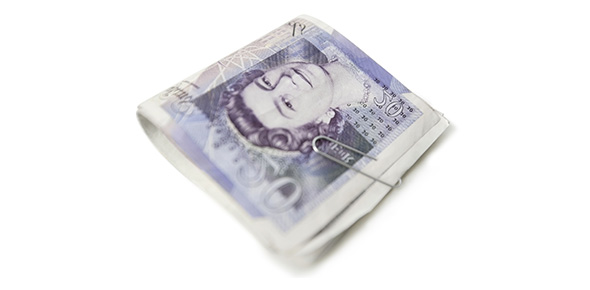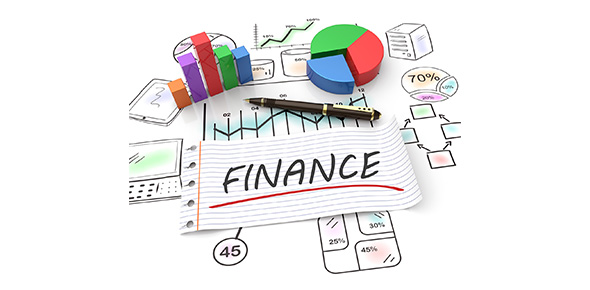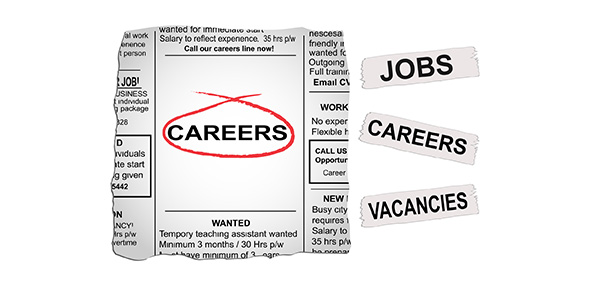Related Flashcards
Cards In This Set
| Front | Back |
|
A region in the Great Plains that had a period of drought and dust storms during the 1930's.
|
Dust Bowl
|
|
October 29, 1929, the day on which the Great Crash of the stock market began.
|
Black Tuesday
|
|
An especially high import tariff passed by Congress in 1930.
|
Hawley-Smoot Tariff
|
|
Making high-risk investments in hopes of getting a high gain.
|
Speculation
|
|
Group of World War I veterans and their families who in 1932 protested in Washington D.C., to recieve their pensions early.
|
Bonus Army
|
|
Severe economic decline that lasted from 1929 until about 1939.
|
Great Depression
|
|
Constitutional ammendment, ratified in 1933, that ended Prohibition.
|
Twenty-First Ammendment
|
|
Makeshift shelter of the homeless during the early years of the Great Depression.
|
Hooverville
|
|
An approach to labor relations in which companies met some of their worker's needs without prompting by unions.
|
Welfare Capitalism
|
|
Periodic growth and contraction of a nation's economy.
|
Business Cycle
|
|
Total annual value of goods and services that a country produces.
|
Gross National Product
|
|
Collapse of the American stock market in 1929.
|
Great Crash
|
|
Measure of average stock prices of major industries.
|
Dow Jones Industrial Average
|
|
Practice by which investors purchase a stock for only a fraction of its price, borrowing the rest.
|
Buying on Margin
|








